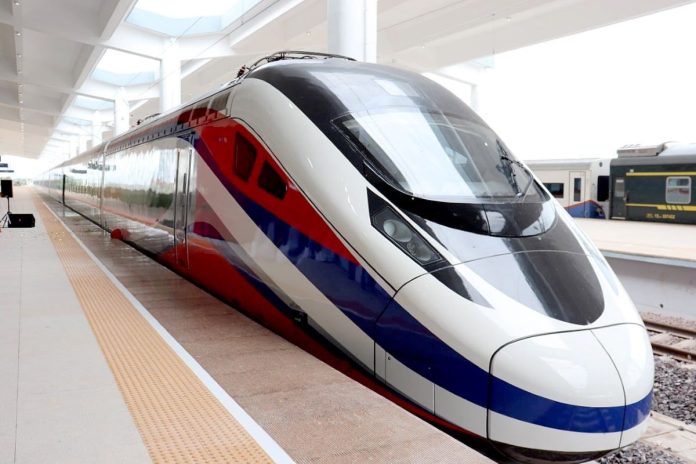Snapshot
While it costs about Rs 300 crore for construction of a kilometer of elevated structure, it would cost just Rs 30 crore for at-grade construction for high speed or semi-high speed trains.
Indian Railways has engaged a consultant for examining the possibilities of running trains at a maximum speed of 200 kmph on the surface instead of elevated structure, a low cost solution for semi-high speed corridor.
Besides, suggesting low cost semi-high speed railway technology suitable for Indian condition, the consultant would also explore the options of using indigenised Vande Bharat trainsets and the TCAS (train collision avoidance system) on the broad gauge network, a move expected to give a boost to the Atmanirbhar Bharat initiative in a big way.
Currently, viaducts are being constructed for the Mumbai-Ahmedabad high speed corridor and Delhi-Meerut RRTS while Metro service is also on either elevated or underground structure.
While it costs about Rs 300 crore for construction of a kilometer of elevated structure, it would cost just Rs 30 crore for at-grade construction for high speed or semi-high speed trains.
Besides, like RRTS and Airport Metro, semi-high speed trains all over the world are running on standard gauge. The consultant would also be examining the possibilities to run semi-high speed trains on broad gauge rails.
Since the entire Indian Rail is on broad gauge (BG) network, it would be advantageous for the national transporter to opt for the BG line.
The BG network, indigenously built TCAS and Vande Bharat trainsets are being considered best options for Indian Railways. If semi-high speed trains can run on the surface avoiding elevated structure, it would reduce the cost significantly.
”The objective is to set up at-grade level avoiding elevated structure/viaduct to reduce cost,” said a senior Railway Ministry official.
The consultant has been asked to examine various technical options and suggest best optimized semi-high speed technology to Indian Railways for running trains at a maximum speed of 200 kmph on broad gauge route.
The consultant would also explore the option of aligning with road networks such as National Highway, state highway and existing rail tracks for the proposed semi-high speed corridors.
Aligning with rail or road networks would save the problems of land acquisition and forest clearance for the railways, the official said.
There are about eight corridors proposed for semi-high speed trains connecting all major cities across the country.


